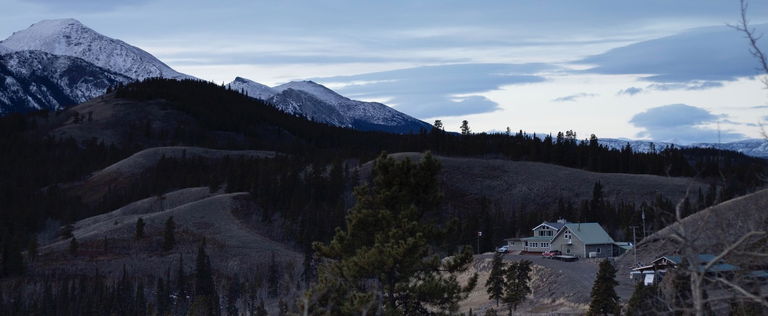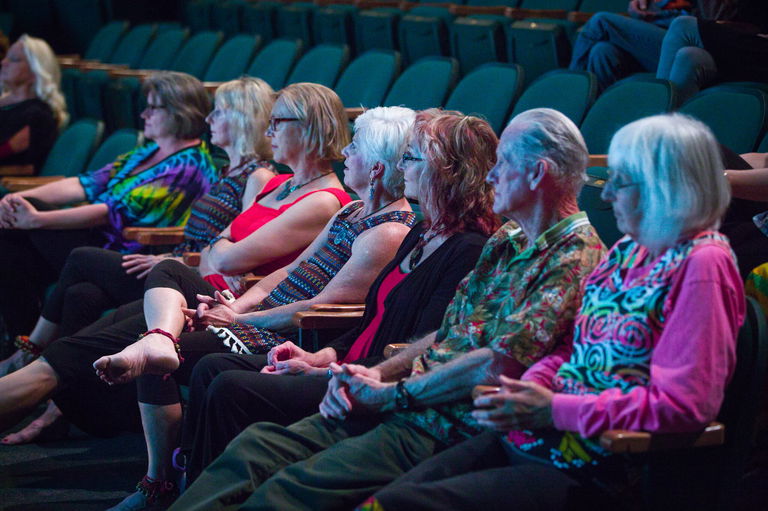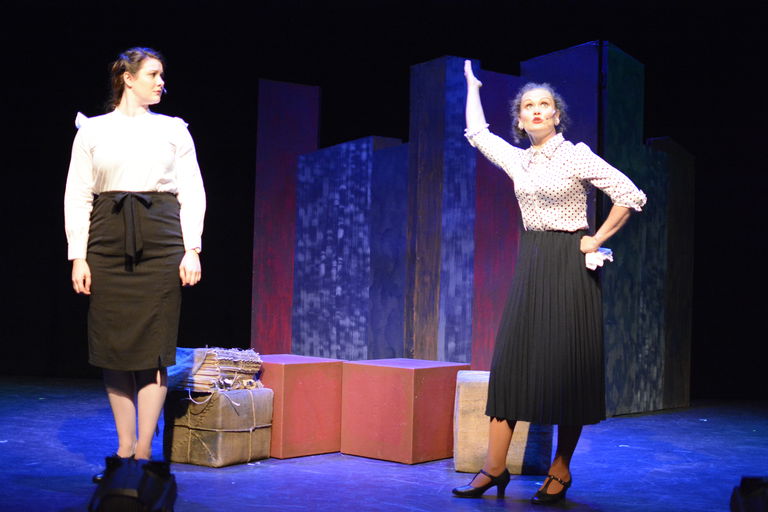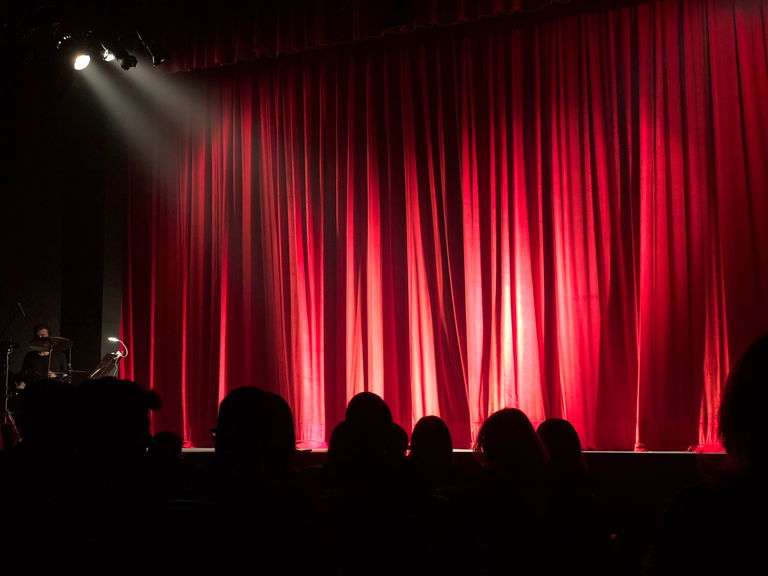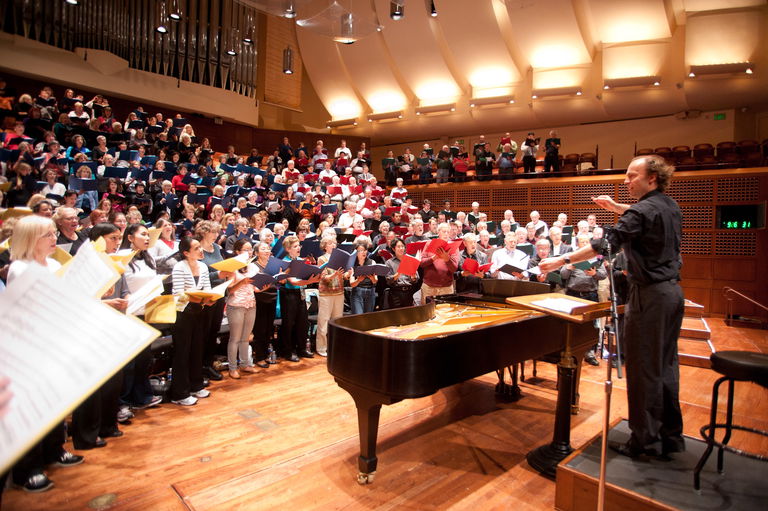
Audience as Artist: Transforming Arts Experiences for a Contemporary Public
Shannon Litzenberger
Oct 26, 2013

Audience attendance figures are prompting a great deal of discussion and study in the arts and culture sector in North America recently as their numbers are dropping steadily - especially amongst younger generations. Many determining factors are being considered as the entertainment dollar shrinks and the competition vying for that dollar increases. Organizations are now reimagining the concept of audience and transforming the arts event into an experience that invites participation from the attendees – public engagement.
A recent National Innovation Summit on Arts and Culture in Denver, Colorado invited three different organizations that are experimenting with the strategy of an alternative audience arts experience to share their ideas. All three organizations cited the perceived inaccessibility of their physical spaces, a theatre, museum and concert hall, as one of their biggest barriers to attendance. They recognized that there is a collective sense that “I don’t belong there” inhibited people from coming to their performances or exhibits.
Judith Koke, Director, Education and Interpretive Programs at Nelson-Atkins Museum of Art in Kansas City, Missouri wants to tackle this issue head-on and transform the museum from a space “where teaching happens, to a place where learning happens.” Judith believes that this is an opportunity for co-learning where there is a reciprocal knowledge exchange between the participant and the institution.
She decided to undertake some research and talk to the community to discover their passions. This dialogue resulted in some active participation events at the museum that were “fast , fun and cheap” and circumvented the usually laborious planning of events and exhibits at the museum. The museum hosted a yoga class in the museum which attracted 380 participants and at another event a group of embroiderers met and worked in a room of the museum’s 16th century tapestries. These events enabled the museum to dissolve those barriers and partner with its community to build a meaningful experience.
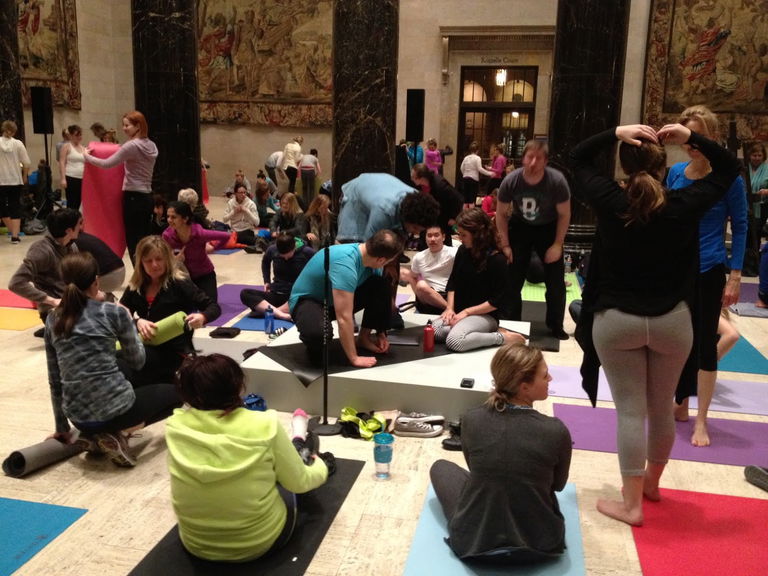
Similarly, San Francisco Symphony has created a program for its audience which fosters a more meaningful relationship between community choristers and musicians with the professional artists of the symphony. Nan Keeton, Director of External Affairs, San Francisco Symphony noted that ¾ of their audiences made music at some point in their lives. This connection was the impetus for their highly successful program “Community of Music Makers” where symphony artists mentor community musicians and choristers in workshops and events.
She believes that the pursuit of educational excellence is equal to the pursuit of artistic excellence. It was clear in her presentation that this was not a token project and that the community artists’ participation was respected and honoured – they are treated as artists and are allowed to enter through the artists’ entrance of the theatre and congregate in the green room during breaks. The program is open in its approach where there are no auditions and choristers can self-select their singing section (i.e. alto, bass). This attention to the quality of the experience demonstrates a long-term vision for the program.
Contrastingly, the most provocative talk came from Charlie Miller & Emily Tarquin, Off-Center Curators, at Denver Center Theater Company. Their research amongst their community revealed that younger audiences identified theatre as a bad “brand” and therefore asked the question do we need to rebrand theatre?
They began with the premise of authentic audience participation where the work cannot exist without the audience. They asked questions about the elements of authentic participation and how it is created. These questions guided the curators into creating an event that cannot take place without the audience where they are integral to its design and active in its creation. Their first experiment was the “Ultimate Wii baseball show” where they created a baseball stadium experience offering different intersections of participation from fan to player. This experiment prompted questions from the conferences attendants about integrity of the art form, if the experience is transforming or challenging them in any way or was it just one big party game.

The bigger question for all three of these audience engagement projects is how do they see these initiatives creating an audience or community for their art? After this introductory experience will the participants return as an audience? And if so, does the company’s art form change from this creative exchange and engagement or is it a case of bringing the audience to the form where these participatory events serve as gateways to the art?
This forum highlighted the need for a reimagining of the ways in which the arts and culture sector interacts with its audience. It’s exciting to see arts organizations re-inventing themselves and initiating new strategies in order to make themselves relevant and build relationships with their audiences. The concept of audience seems to be undergoing a significant shift and 21st century audiences are evolving. It’s now the choice of arts organizations whether this transformation includes them or leaves them behind.

